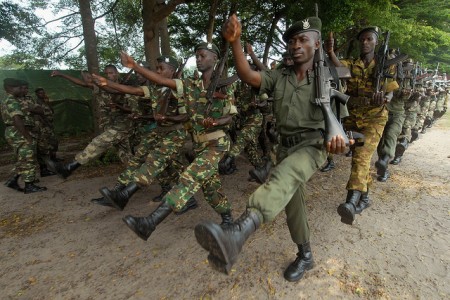
The attention of the world has recently been focused on the humanitarian tragedy of the violent conflict being pursued by various armed groups in the eastern region of the Democratic Republic of the Congo (DRC), specifically since the rapid advance during November 2012 of the rebel group known as the March 23 Movement (M23) that operates mainly in the Congolese province of North Kivu.
M23 managed to capture the regional Congolese capital of Goma on 20 November 2012 after the withdrawal of about 2 000 soldiers from the Congolese National Army (FARDC) and 700 Congolese policemen. Goma fell to the rebel group despite the presence of nearly 6 000 armed peacekeepers in the North Kivu province, over 1 500 in the Goma area alone, under the United Nations Organisation Stabilisation Mission in the DRC (MONUSCO). This included a battalion of 850 South African National Defence Force (SANDF) soldiers, all deployed under a United Nations (UN) Security Council mandate written in terms of Chapter Seven of the UN Charter, which allows the use of ‘coercive measures’ (force) in support of mission objectives. With nearly 2 000 000 internally displaced people (IDPs) in the Eastern DRC and the UN reporting that it had lost access to 30 of 31 IDP camps, international intervention was clearly needed.




